There are two main ways radiation can damage DNA inside living cells. Radiation can strike the DNA molecule directly, ionizing and damaging it. Alternately, radiation can ionize water molecules, producing free radicals that react with and damage DNA molecules.
Click on image for full size
Source unknown.
How can radiation damage a living cell?
High frequency radiation or fast moving particles plow into a living cell with enough energy to knock electrons free from molecules that make up the cell. These molecules with missing electrons are called ions. The presence of these ions disrupts the normal functioning of the cell.
The most severe damage to the cell results when the DNA (deoxyribonucleic acid) is injured. DNA is at the heart of the cell and contains all the instructions for producing new cells. The DNA is a complex molecule formed of two long strands that are twisted around each other and linked by chemical subunits.
There are two major ways that radiation injures the DNA inside your cells. 1) The water in your body tends to absorb a large portion of the radiation and becomes ionized. When water is ionized it readily forms highly reactive molecules called free radicals. These free radicals can react with and damage the DNA molecule. 2) Alternatively radiation can collide with the DNA molecule, itself, ionizing and damaging it directly.
Symptoms of radiation sickness: severe burns that are slow to heal, sterilization, cancer, and other damage to organs. High doses are rapidly (within days or weeks) fatal.
Mutations or changes in the DNA can be passed along to offsprings. Mutations are generally for the worse.
Depending upon the type and severity of the damage caused to the DNA by the radiation, the cell might (or might not!) be able to repair itself.
You might also be interested in:
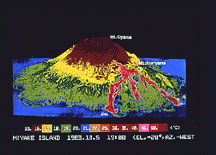
Electromagnetic radiation is the result of oscillating electric and magnetic fields. The wave of energy generated by such vibrations moves through space at the speed of light. And well it should... for
...more
One main type of radiation, particle radiation, is the result of subatomic particles hurtling at tremendous speeds. Protons, cosmic rays, and alpha and beta particles are some of the most common types
...more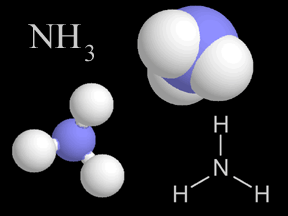
Most things around us are made of groups of atoms bonded together into packages called molecules. The atoms in a molecule are held together because they share or exchange electrons. Molecules are made
...more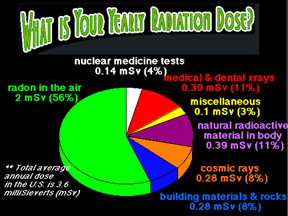
Radiation comes in two basic types: electromagnetic radiation transmitted by photons, and particle radiation consisting of electrons, protons, alpha particles, and so forth. Electromagnetic radiation,
...more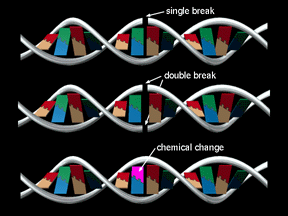
Whether or not a cell can repair itself after being damaged by radiation depends on the type of damage to the cell's DNA. Type of Damage Prospects for DNA Repair Single strand break in the DNA Can usually
...more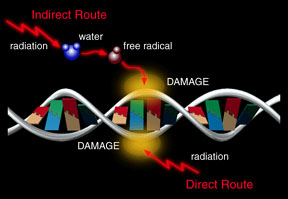
Radiation can be harmful to living creatures. Radiation can harm living things directly by damaging their cells. The cells might stop functioning, or they might be unable to reproduce. Radiation can also
...more
Jupiter's atmospheric environment is one of strong gravity, high pressure, strong winds, from 225 miles per hour to 1000 miles per hour, and cold temperatures of -270 degrees to +32 degrees (freezing temperature).
...more














